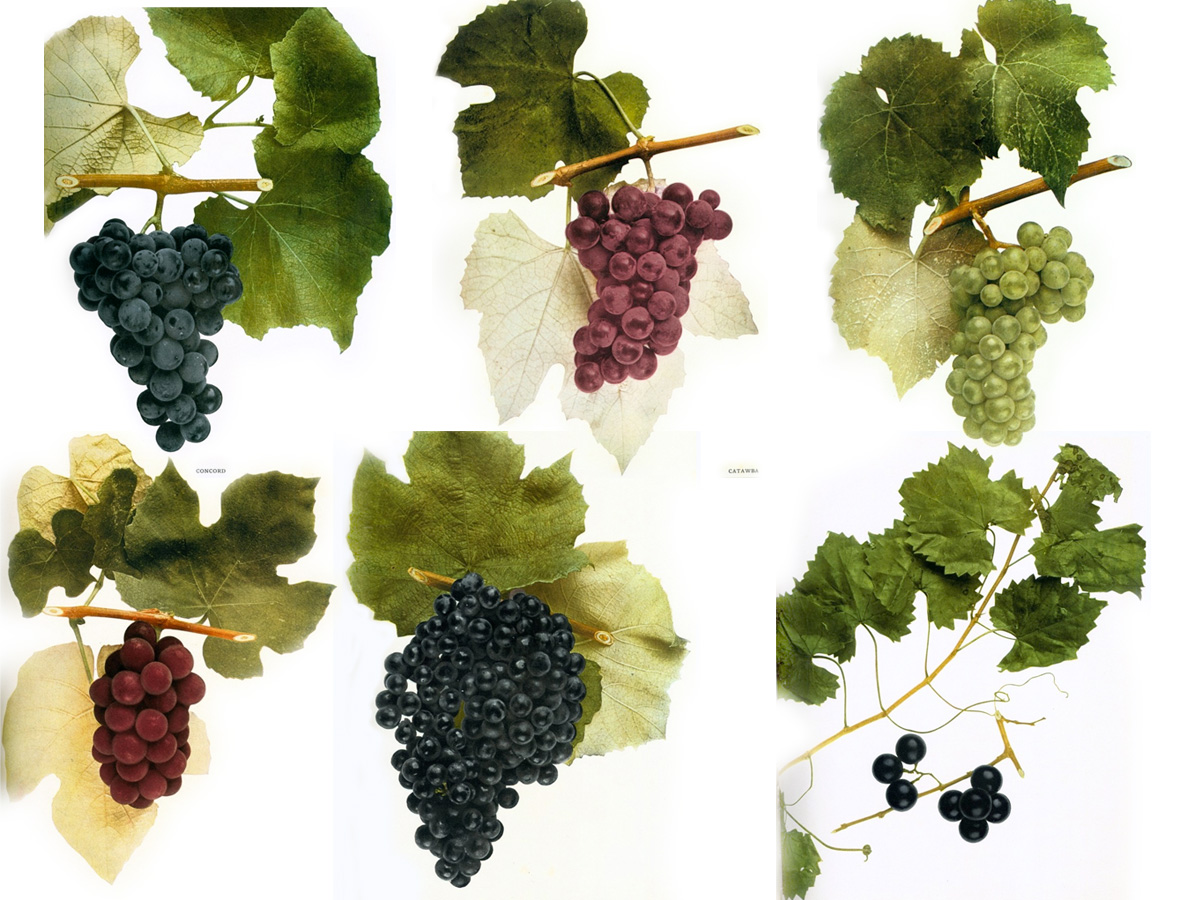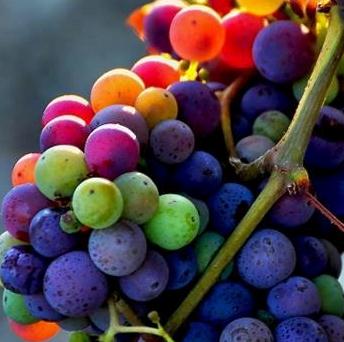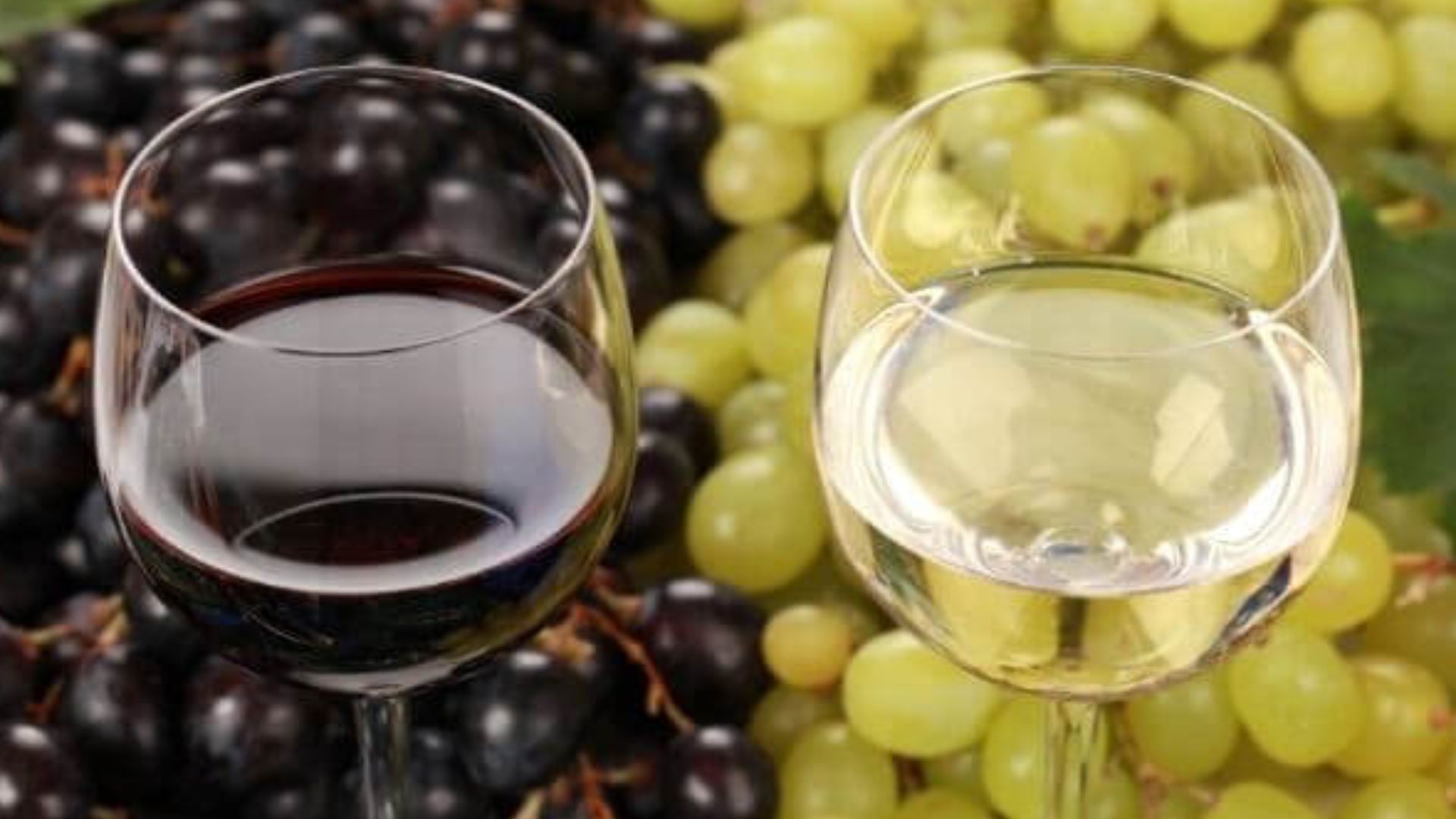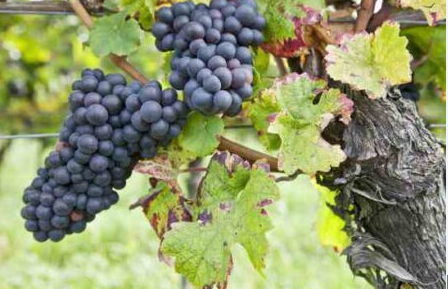Embarking on the enchanting journey into the world of winemaking, understanding the characteristics of grapes is paramount. From the sun-kissed vineyards to the skilled hands of winemakers, each grape variety contributes unique traits, creating a symphony of flavors in every bottle.
The Essence of Grape Characteristics
Transitioning into the heart of winemaking, the characteristics of grapes play a pivotal role in determining the flavor, aroma, and structure of the final wine. Different grape varieties bring diverse attributes to the winemaking process, making it an art form that harmonizes nature’s gifts with human expertise.
Red Grape Varieties: A Spectrum of Flavors
Commencing our exploration with red grape varieties, the richness of their color reflects the diverse flavors they impart to wines. Transitioning from bold and robust to light and fruity, red grapes showcase an array of characteristics. Cabernet Sauvignon, with its thick skin, contributes to wines with deep color, intense tannins, and flavors ranging from blackcurrant to cedar. Merlot, on the other hand, presents softer tannins and a spectrum of red fruit flavors, adding elegance to blends.

White Grape Varieties: Elegance and Freshness
Shifting our focus to white grape varieties, elegance and freshness become the hallmark. Transitioning from the crisp acidity of Sauvignon Blanc to the luscious richness of Chardonnay, white grapes offer a delightful array of characteristics. Sauvignon Blanc, known for its zesty acidity and vibrant citrus notes, brings a refreshing quality to wines. Chardonnay, with its versatility, can be crafted into a buttery and oaked wine or a lean and unoaked expression, showcasing the winemaker’s influence on grape characteristics.
Aromatics: Exploring the Fragrance of Grapes
Venturing into the aromatic realm, certain grape varieties are celebrated for their ability to enchant with captivating scents. Transitioning from the floral notes of Muscat to the exotic aromas of Gewürztraminer, aromatic grapes elevate the olfactory experience. Muscat, with its unmistakable floral and fruity fragrance, is often associated with sweet and sparkling wines. Gewürztraminer, on the other hand, delights with lychee, rose, and spice notes, creating wines that are both complex and aromatic.
Terroir: The Influence of Climate and Soil
Delving deeper, the characteristics of grapes are intricately tied to the concept of terroir – the unique combination of climate, soil, and geography. Transitioning from the sun-soaked slopes of Napa Valley to the limestone-rich soils of Burgundy, the terroir imparts distinct qualities to the grapes. Warm climates intensify flavors, yielding ripe and fruit-forward wines. Whilst cooler regions nurture acidity, resulting in wines with finesse and longevity.
Ripeness: Balancing Sugars and Acidity
Understanding the characteristics of grapes involves navigating the delicate balance of ripeness. Transitioning from the early stages of veraison to the moment of harvest, winemakers carefully monitor sugar levels and acidity. Grapes harvested too early may result in underripe flavors, while overripe grapes can lead to wines with excessive sweetness. Achieving optimal ripeness is a meticulous process that influences the structure and overall balance of the final wine.
Winemaking Techniques: Shaping Grape Characteristics
Transitioning into the winery, winemaking techniques play a crucial role in shaping grape characteristics. From traditional methods to modern innovations, the choices made by winemakers influence the final expression of the wine. Fermentation vessels, aging in oak barrels, and blending different grape lots are just a few examples of techniques that contribute to the complexity and character of the wine.
Conclusion
In conclusion, the characteristics of grapes are the soul of winemaking, offering a vast palette for winemakers to create masterpieces. Transitioning from the vineyards to the cellars, each step in the winemaking process adds layers of complexity. Hence, revealing the true essence of grape varieties. The interplay of flavors, aromas, and structures in the glass is a testament to the intricate dance between nature and human craftsmanship.




